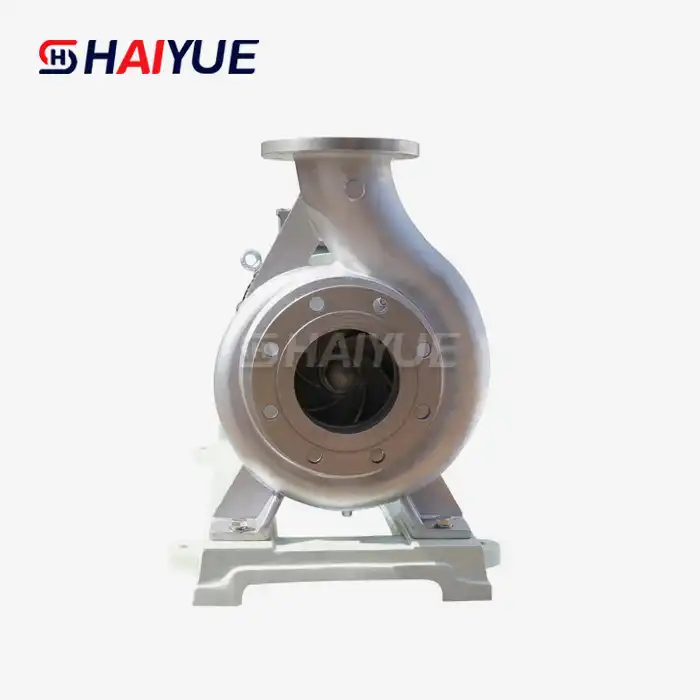- English
- French
- German
- Portuguese
- Spanish
- Russian
- Japanese
- Korean
- Arabic
- Greek
- German
- Turkish
- Italian
- Danish
- Romanian
- Indonesian
- Czech
- Afrikaans
- Swedish
- Polish
- Basque
- Catalan
- Esperanto
- Hindi
- Lao
- Albanian
- Amharic
- Armenian
- Azerbaijani
- Belarusian
- Bengali
- Bosnian
- Bulgarian
- Cebuano
- Chichewa
- Corsican
- Croatian
- Dutch
- Estonian
- Filipino
- Finnish
- Frisian
- Galician
- Georgian
- Gujarati
- Haitian
- Hausa
- Hawaiian
- Hebrew
- Hmong
- Hungarian
- Icelandic
- Igbo
- Javanese
- Kannada
- Kazakh
- Khmer
- Kurdish
- Kyrgyz
- Latin
- Latvian
- Lithuanian
- Luxembou..
- Macedonian
- Malagasy
- Malay
- Malayalam
- Maltese
- Maori
- Marathi
- Mongolian
- Burmese
- Nepali
- Norwegian
- Pashto
- Persian
- Punjabi
- Serbian
- Sesotho
- Sinhala
- Slovak
- Slovenian
- Somali
- Samoan
- Scots Gaelic
- Shona
- Sindhi
- Sundanese
- Swahili
- Tajik
- Tamil
- Telugu
- Thai
- Ukrainian
- Urdu
- Uzbek
- Vietnamese
- Welsh
- Xhosa
- Yiddish
- Yoruba
- Zulu
Forging Methods of Titanium Materials: Techniques and Industrial Insights
Titanium forging is a specialized metalworking process that applies external force to titanium billets (excluding sheets) to induce plastic deformation. The primary goals of this process are to alter the billet's dimensions and shape while enhancing its mechanical properties, making it suitable for the production of mechanical components, tools, workpieces, or near-net-shape blanks.
Classification by Ram Movement
Depending on the motion pattern of the forging ram, titanium forging can be divided into vertical and horizontal forging processes. Vertical ram forging is widely used for standard components, while horizontal forging is typically applied to elongated parts and high-speed production, often involving advanced lubrication and cooling systems. Some forging machines are equipped with compensation mechanisms to introduce movement in additional directions, which is useful for shaping complex geometries. These variations directly affect the forging force required, the number of processing steps, material utilization rates, dimensional tolerances, production efficiency, and overall automation levels.

Classification by Material Flow
Titanium forging methods are also categorized based on the material flow of the billet during deformation:
Open-die forging (free forging)
Upsetting
Extrusion
Impression-die forging (closed-die forging)
Closed-die upsetting
Closed-die forging and closed-die upsetting are particularly efficient, as they produce no flash or excess material, leading to higher material utilization. These methods are well-suited for producing complex titanium forgings in one or a few steps, thereby reducing machining and material waste. Additionally, the absence of flash reduces the contact area and the load required for deformation. However, these processes require precise volume control of the billet, accurate alignment of the forging dies, and frequent dimensional checks to prevent defects and minimize die wear.
Classification by Die Motion
Titanium forging can also be classified by the movement of the forging dies:
Radial forging
Orbital forging
Roll forging
Cross-wedge rolling
Ring rolling
Skew rolling
Orbital forging, radial forging, and ring rolling are often used in precision forging to achieve intricate geometries and reduce secondary machining. Roll forging and cross-wedge rolling are typically employed in the initial stages of processing long titanium materials to improve material flow and prepare for final shaping.
Similar to open-die forging, rotary forging is a localized deformation process. One of its key advantages is the ability to shape large components using relatively lower forming forces compared to traditional forging. However, because material tends to flow outward from the die interface toward the free surface, maintaining dimensional precision is challenging.
To overcome this, modern forging systems use computer-controlled die movement and rotary deformation sequences. These technologies make it possible to forge large and complex components—such as turbine blades for power generation—with high accuracy and reduced forging loads.
Industry Outlook
Titanium forging plays a critical role in aerospace, medical, chemical, and marine industries, where lightweight, corrosion-resistant, and high-strength materials are essential. With the advancement of numerical simulation, precision die manufacturing, and automation, the industry is moving toward high-efficiency, near-net-shape forging solutions. Future developments are expected to focus on digital integration, AI-based process optimization, and the sustainable use of high-value titanium resources.
Learn about our latest products and discounts through SMS or email